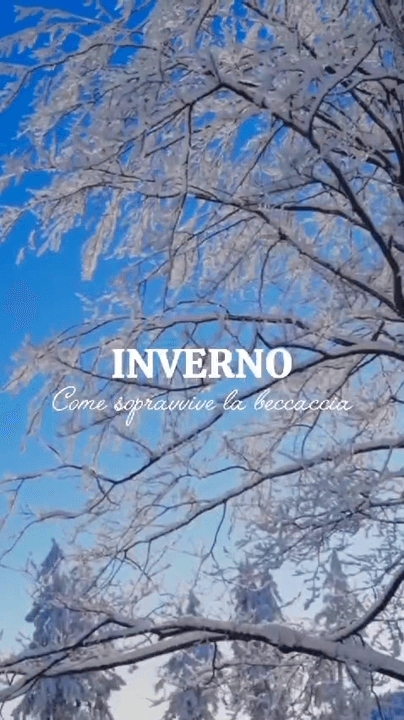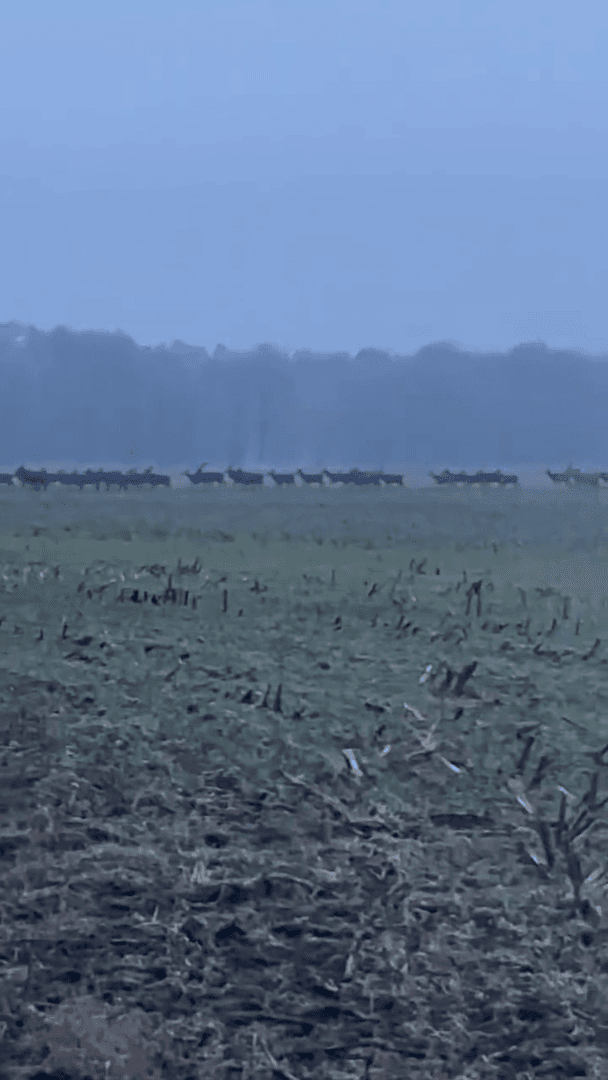
Hippo Hunting in Uganda: season, methods, costs. A Practical Guide for Hunters. Uganda, known as the "Pearl of Africa," offers a unique and challenging hunting experience: pursuing the mighty hippopotamus. While not for the faint of heart, a carefully planned and ethically conducted hippo hunt in Uganda can be a truly memorable adventure. This guide provides essential information for hunters considering this pursuit. General Information: The Hippo as a Game Animal Hippos are formidable creatures, capable of inflicting serious damage both on land and in the water. They are primarily nocturnal, spending their days submerged in rivers and lakes to stay cool. Understanding their behavior, habitat, and vulnerability is crucial for a safe and successful hunt. In Uganda, hippo hunting is primarily conducted as a method of population control in specific areas where they pose a threat to local communities or agriculture. This hunting must be done with strict adherence to Ugandan Wildlife Authority guidelines. Hunting Season The hippo hunting season in Uganda typically aligns with the dry season, which runs from June to September and December to February. During these months, water levels are lower, making it easier to spot and approach hippos. The dry season also reduces the risk of getting bogged down in muddy terrain. Hunting Methods Stalking: This involves carefully approaching hippos as they emerge from the water to graze. Patience, keen observation, and a good knowledge of hippo behavior are essential. Water Hunting: Hunting from a boat or along the shoreline is another common method. This requires excellent shooting skills, as the hippo presents a small target (the head and neck) above the waterline. Be prepared to act quickly and decisively. Night Hunting: In some areas, hippo hunting is permitted at night with the use of spotlights. This method requires specialized equipment and experience and is often conducted from a secure blind. Prime Hunting Locations Key locations where hippo hunting is permitted (subject to current regulations and concession availability) include: Lake Albert: Known for its large hippo population and varied terrain. Lake George: Another area with a significant hippo population. Sections of the Nile River: Specific areas of the Nile, often those bordering national parks, may be open for hunting. Controlled Hunting Areas: These are designated areas managed for sustainable hunting practices, where hippo populations are monitored and hunting quotas are set. Important: Always confirm the specific areas open for hippo hunting with licensed hunting operators and the Ugandan Wildlife Authority before planning your trip. Weaponry and Ammunition Rifle: A high-powered rifle is essential for hippo hunting. Calibers such as .375 H&H Magnum, .416 Rigby, or .458 Lott are recommended. Ammunition: Use premium-quality, solid-point bullets designed for thick-skinned game. Penetration is paramount. Shotgun (Optional): A 12-gauge shotgun with slugs can be used for close-range shots, but a rifle is the primary weapon. Costs Hippo hunting in Uganda is an expensive undertaking. Expect to pay for: Hunting License: Fees are set by the Ugandan Wildlife Authority and vary depending on the animal and area. Trophy Fee: A fee is charged for each hippo harvested. In Uganda, the trophy fee for hippo hunting can vary depending on the hunting outfitter and specific hunting packages. Generally, the cost ranges from $4,500 to $6,000 USD. It's always best to contact local hunting guides or outfitters directly for the most accurate pricing and available packages. Daily Rates: These cover accommodation, meals, transportation, and the services of professional hunters and trackers. Daily rates can range from 500 to 1,500+ per day. Airfare and Travel Expenses: International flights and in-country transportation add to the overall cost. Taxidermy and Export: If you plan to mount your hippo trophy, factor in the cost of taxidermy and export permits. Important Considerations: Ethical Hunting: Always practice ethical hunting principles. Take clean, humane shots and respect the animal. Professional Hunter: Hiring a qualified and experienced professional hunter is essential. They will provide guidance, ensure your safety, and help you comply with all regulations. Ugandan Wildlife Authority Regulations: Familiarize yourself with the rules and regulations of the Ugandan Wildlife Authority. Physical Fitness: Hippo hunting can be physically demanding, requiring long walks in hot and humid conditions. Be in good physical condition. Medical Precautions: Consult your doctor about necessary vaccinations and malaria prophylaxis. Conclusion Hippo hunting in Uganda offers a thrilling and challenging experience for the seasoned hunter. By carefully planning your hunt, working with reputable outfitters, and adhering to ethical hunting practices, you can have a safe and successful adventure in the Pearl of Africa. Always prioritize ethical conduct, respect for the animal, and compliance with all regulations. #hippo #hunting https://m.uh.app/news/lion-hunting-in-tanzania-season-areas-cost-a-practical-guide-for_-YL9oO_CEe-CuadJgxiXQg
Post: 21 February 21:38





































